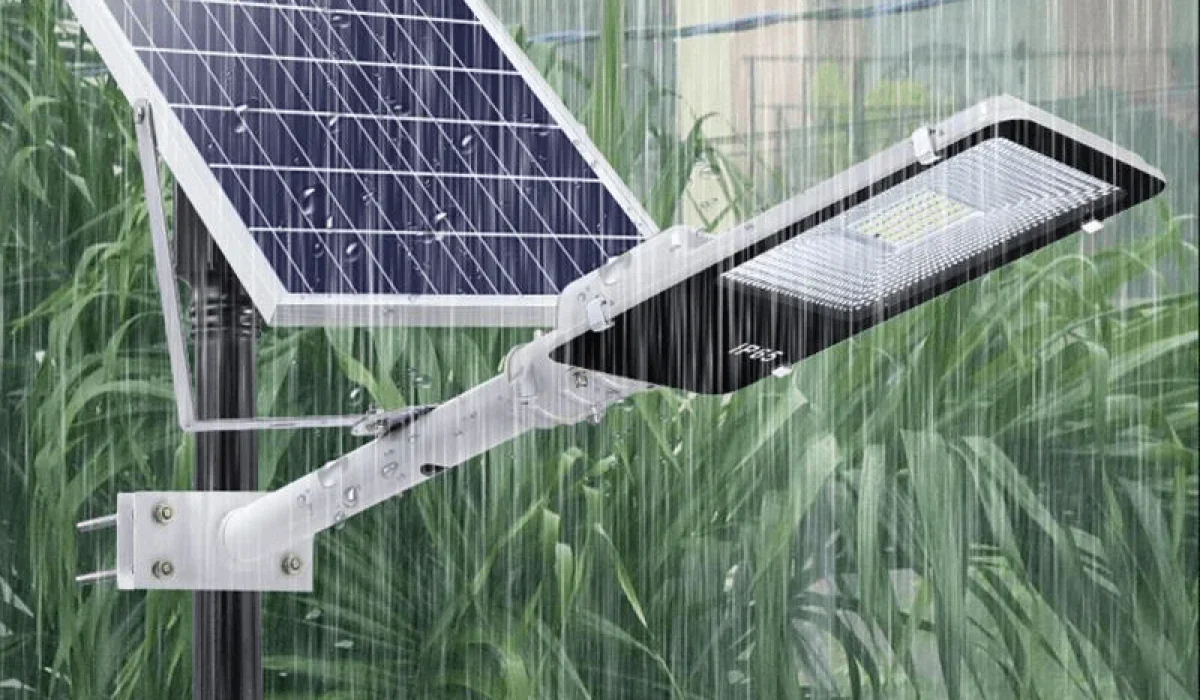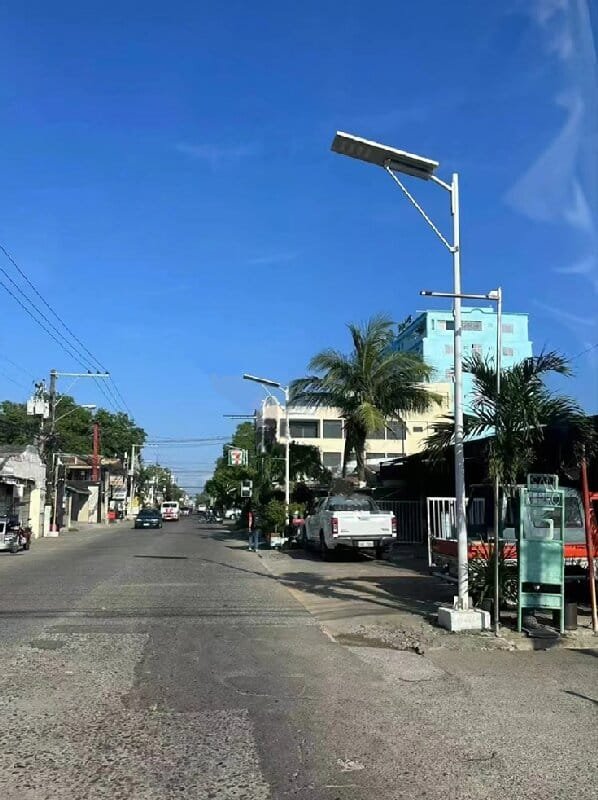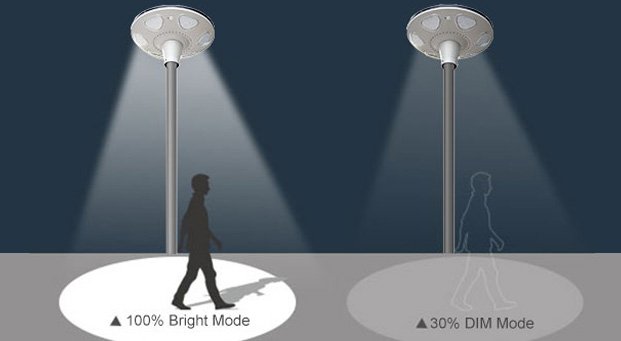LED lights are known for their long lifespan and energy efficiency, but how do they maintain these qualities over time? Let’s explore the technology behind their enduring performance.
LED lights continue to perform efficiently over time due to their unique solid-state design. Unlike incandescent bulbs, LEDs don’t lose energy as heat, which helps maintain their brightness and energy-saving capabilities throughout their lifespan.
Understanding why LED lights remain so efficient as they age requires a closer look at their design, materials, and the physics behind their operation.
1. How Do LED Lights Maintain Their Energy Efficiency?
Have you ever wondered why your LED light seems just as bright after months of use? Let’s take a closer look at the factors that contribute to LED lights' lasting energy efficiency.
LED lights retain their efficiency over time because they use a solid-state system. This means they consume less energy and produce minimal heat, which prevents energy wastage that often affects traditional lighting options.
LED lights utilize a technology called Light Emitting Diode, which operates through a semiconductor. The key to their efficiency lies in the way they generate light. Unlike incandescent or fluorescent bulbs that use filaments or gas to create illumination, LEDs create light directly from the flow of electrons through a semiconductor material. This direct process means less energy is wasted in the form of heat, and more of the electricity used goes into producing light.
The longevity of LEDs is another contributing factor to their efficiency. Typically, an LED light bulb can last anywhere from 25,000 to 50,000 hours, compared to an incandescent bulb that might only last around 1,000 hours. Over time, traditional bulbs tend to lose efficiency due to heat degradation, but LEDs don't face this issue to the same extent. This durability ensures that the light output remains stable for a much longer time, meaning your energy savings continue uninterrupted.
Another critical factor in maintaining efficiency is the way LEDs manage heat. While traditional bulbs generate a lot of heat, which can degrade their components and reduce performance, LED lights are designed with heat sinks and efficient thermal management systems. These systems keep the temperature low, which not only helps maintain energy efficiency but also prolongs the lifespan of the bulb.
Finally, the construction of LEDs adds to their robustness. LEDs are solid-state devices, meaning they are made of sturdy materials that can withstand shocks and vibrations, making them less prone to mechanical failure over time. The efficiency of LED lights, therefore, remains relatively constant throughout their lifetime, making them a great investment for long-term use.
2. How LED Lights Save Energy and Money?
Are LED lights really worth the investment? Here’s how they help save money and conserve energy in the long run.
LED lights can reduce energy consumption by up to 75%, leading to significant savings on electricity bills. Their longer lifespan also means fewer replacements, lowering maintenance costs.
The most prominent advantage of LED lights is their energy efficiency. On average, LEDs use about 75% less energy than incandescent bulbs. This substantial reduction in energy use translates to lower electricity bills, which is especially noticeable when lighting large areas such as streets, parks, or commercial buildings.
For example, replacing a 60W incandescent bulb with a 6W LED bulb reduces energy consumption by 75%. For someone who uses their lights for several hours a day, this means significant savings. If you used the 60W bulb for 3 hours a day, you could save between $20 to $25 annually per bulb by switching to an LED. Multiply this by the number of bulbs in your home or business, and you’re looking at substantial cost savings.
Furthermore, the energy savings don’t stop at the reduced wattage of the LED. Because LEDs produce less heat than incandescent bulbs, they also reduce the load on air conditioning systems. Less heat means that air conditioners don’t have to work as hard to cool down the space, which further reduces your overall energy consumption.
The long lifespan of LEDs also contributes to savings. With an average lifespan of 25,000 to 50,000 hours, you will not need to replace them as frequently as other types of bulbs. The cost of replacing a typical incandescent bulb several times over its short life cycle will far exceed the cost of an LED bulb. Not only will you save on energy bills, but you’ll also avoid the hassle and cost of frequent replacements.
In addition to energy and maintenance savings, LED technology often comes with features like dimming capabilities. By adjusting the brightness to match the need, you can further decrease energy use and enhance savings. In many cases, even though the upfront cost of LEDs may be higher than incandescent bulbs, the overall savings over their lifespan far outweigh the initial investment.
3. Are There Extra Benefits to Switching to LED Lights?
In addition to saving energy and money, there are several other benefits to switching to LED lights. Let’s explore how these lights are also good for the environment and your health.
Switching to LED lighting has several benefits beyond energy and cost savings. LEDs have a minimal environmental impact, last longer, and are safer due to lower heat production.
One of the key advantages of LED lights is their minimal environmental impact. Unlike traditional incandescent and fluorescent lights, LEDs do not contain harmful substances like mercury. This makes them safer to dispose of and reduces the risk of contamination. The absence of hazardous materials is a significant environmental benefit, especially when you consider the amount of waste generated by millions of light bulbs being discarded each year.
The longer lifespan of LEDs not only reduces waste by decreasing the frequency of replacements, but it also helps conserve resources. Manufacturing and shipping light bulbs requires energy and raw materials, so fewer replacements mean fewer resources used and less carbon dioxide emitted in production and transportation.
Furthermore, because LEDs use less energy and have a longer lifespan, they help reduce the overall demand for electricity. This leads to lower greenhouse gas emissions, which is beneficial for combating climate change. By making the switch to LED lights, you’re actively contributing to a greener, more sustainable future.
Finally, LEDs are also safer for indoor environments because they produce much less heat than incandescent or halogen bulbs. This reduces the risk of fires and makes LEDs a safer choice for homes, schools, offices, and industrial spaces. Since LEDs run cooler, they are also less likely to cause burns or injury, making them ideal for use in spaces with children or pets.
In conclusion, LEDs offer a wide range of benefits beyond just energy savings. They contribute to a healthier planet, reduce waste, and provide a safer lighting solution for homes and businesses alike.
Conclusion
Switching toLED lighting is a simple yet powerful way to save energy, reduce costs, and support environmental sustainability. The combination of efficiency, longevity, and minimal environmental impact makes LEDs an excellent choice for anyone looking to upgrade their lighting system.





